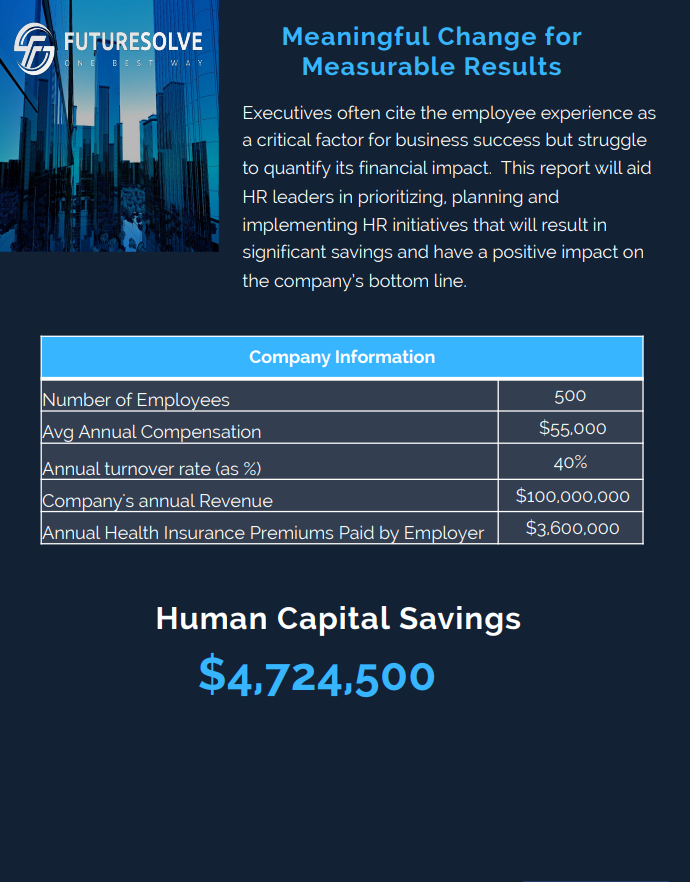The shift from “Diversity & Inclusion” (D&I) to “Diversity, Equity & Inclusion” (DE&I) marks a significant evolution in how organizations approach creating more just and fair workplaces. This change is not just a matter of semantics; it reflects a deeper understanding of the complexities involved in fostering truly inclusive environments.
What Do Diversity, Equity, and Inclusion Mean?
Diversity: At its core, diversity refers to the presence of differences within a given setting. In the workplace, this includes differences in race, ethnicity, gender, sexual orientation, age, disability, religion, and more. A diverse organization is one that is representative of a broad spectrum of people and experiences. However, simply having diversity isn’t enough. Without inclusion and equity, diversity can exist in a vacuum, where diverse voices are present but not heard, valued, or given equal opportunity.
Equity: Equity goes a step further than equality. While equality focuses on treating everyone the same, equity recognizes that not everyone starts from the same place. Equity involves giving people the support they need to reach the same opportunities as others. This could mean providing additional resources, removing barriers, or creating different levels of support based on individual needs. In a DE&I context, equity is about ensuring fair treatment, access, opportunity, and advancement for all, while striving to identify and eliminate the barriers that have prevented the full participation of some groups.
Inclusion: Inclusion is about creating an environment where all individuals feel valued, respected, and able to contribute fully. It’s not enough to have a diverse workforce; organizations must also foster a culture of belonging where everyone, regardless of their background, can thrive. Inclusion means actively inviting, considering, and valuing different perspectives and making sure everyone has a seat at the table.
The Need for Equity in DE&I
Historically, many organizations focused primarily on diversity and inclusion. They aimed to hire more diverse talent and create an environment where everyone felt welcome. But without equity, these efforts often fell short. Diverse employees might have been included, but they weren’t always given the same opportunities to succeed. They may have faced systemic barriers, such as bias in hiring, promotion, or day-to-day interactions, that prevented them from fully participating or advancing within the organization.
Adding “Equity” to the equation acknowledges that addressing these barriers is critical. It’s a recognition that true inclusion requires more than just diversity and an open-door policy. It requires actively leveling the playing field so that all employees, regardless of their background, have the opportunity to succeed.
How Organizations Can Embrace DE&I
To truly embrace DE&I, organizations must take a holistic approach that integrates all three components:
- Assess and Understand Gaps: Organizations need to assess their current practices to identify where gaps in equity exist. This might involve reviewing hiring practices, pay equity, access to professional development, and more.
- Implement Targeted Programs: Based on the assessment, companies can implement targeted programs to address specific equity issues. This might include mentorship programs for underrepresented groups, revising promotion criteria, or offering training to mitigate unconscious bias.
- Foster an Inclusive Culture: Beyond structural changes, organizations must also work on cultural shifts. This involves encouraging inclusive leadership, promoting open dialogues, and ensuring that inclusion is woven into the fabric of the company’s everyday operations.
- Measure and Evolve: DE&I is not a one-time initiative but an ongoing process. Organizations need to continuously measure the impact of their DE&I efforts and be willing to evolve their strategies as needed.
How FutureSolve Can Help
At FutureSolve, we understand the importance of embedding equity into your DE&I initiatives. We offer a range of DE&I assessments to help organizations identify gaps and develop strategies to create more equitable environments. Additionally, we provide access to government-funded apprenticeship programs that can help underrepresented groups grow and prosper within your organization. These resources not only support your DE&I goals but also contribute to the professional development and success of your employees.
Conclusion
The addition of “Equity” to DE&I reflects a more nuanced understanding of what it takes to create a truly inclusive workplace. By focusing not only on diversity and inclusion but also on equity, organizations can work towards ensuring that everyone has the opportunity to thrive. It’s about recognizing and addressing the systemic barriers that have historically marginalized certain groups and working actively to remove them. In doing so, companies don’t just create a more just workplace—they also unlock the full potential of their diverse teams, driving innovation, engagement, and success.
For support in advancing your DE&I initiatives, reach out to FutureSolve to learn more about our DE&I assessments and apprenticeship programs. Together, we can create a more equitable and inclusive future for your organization.





























